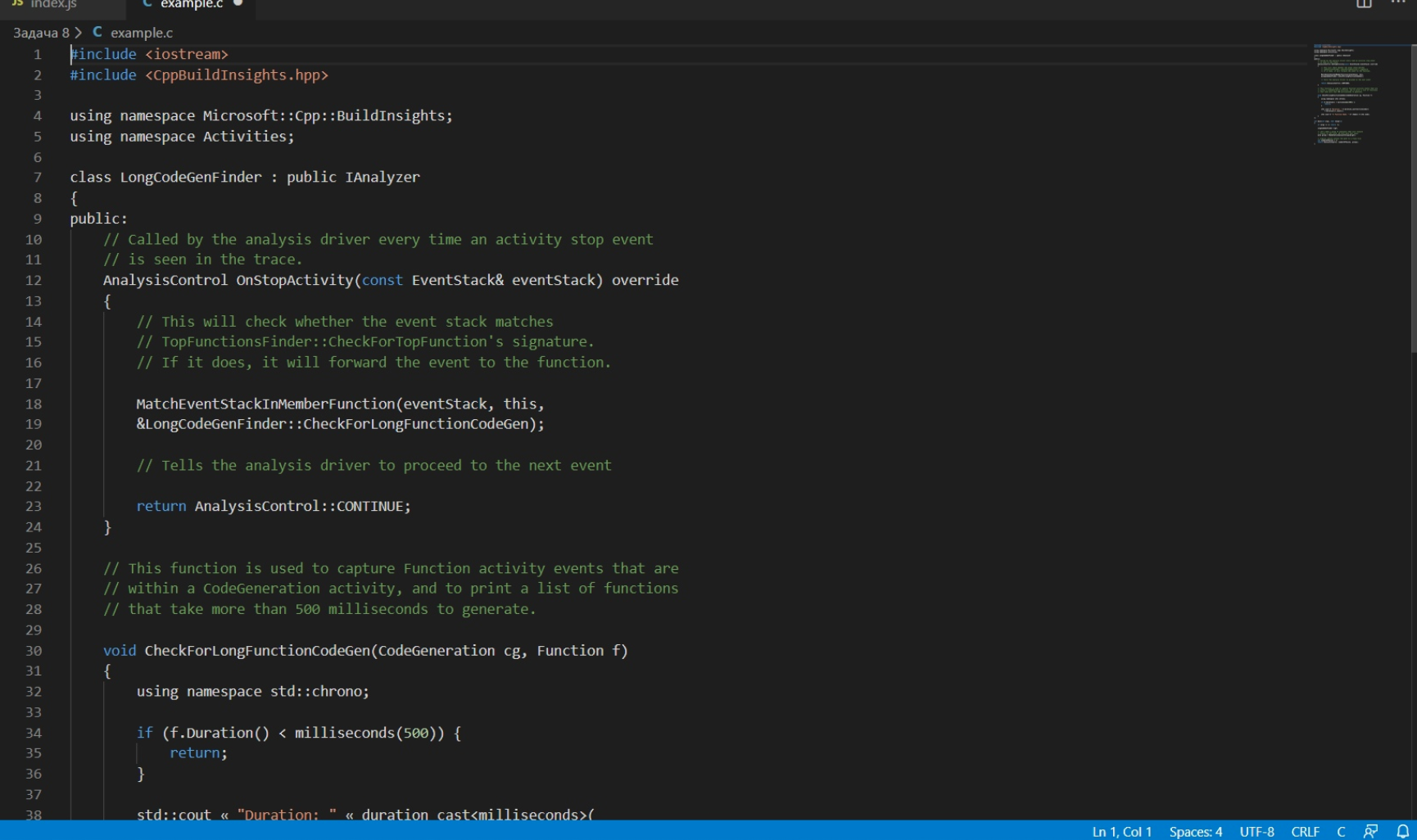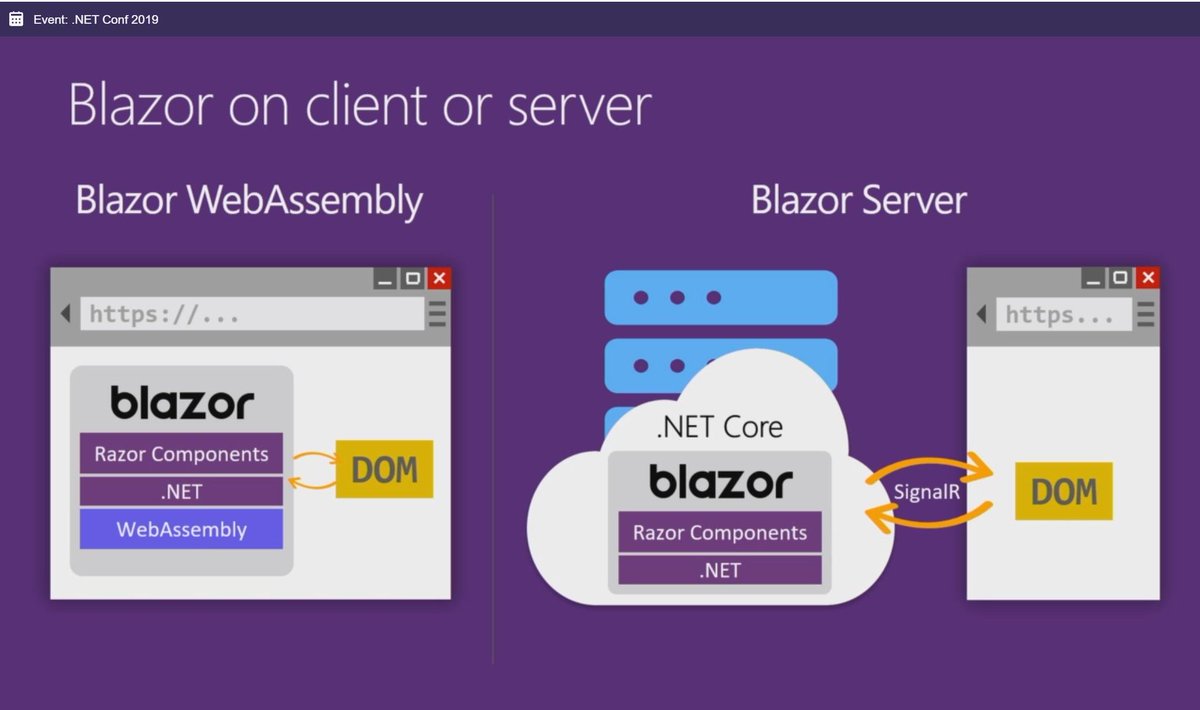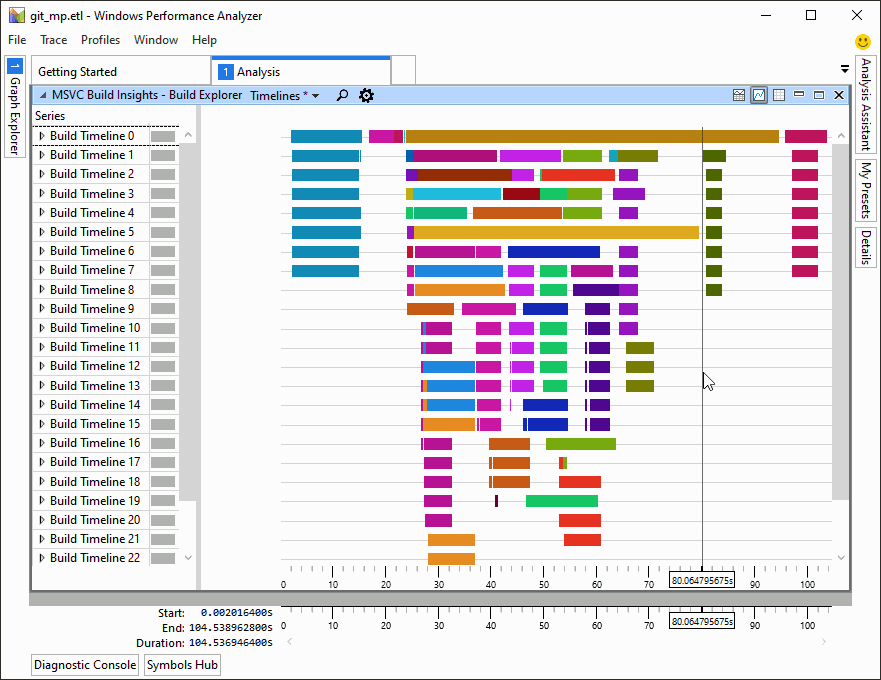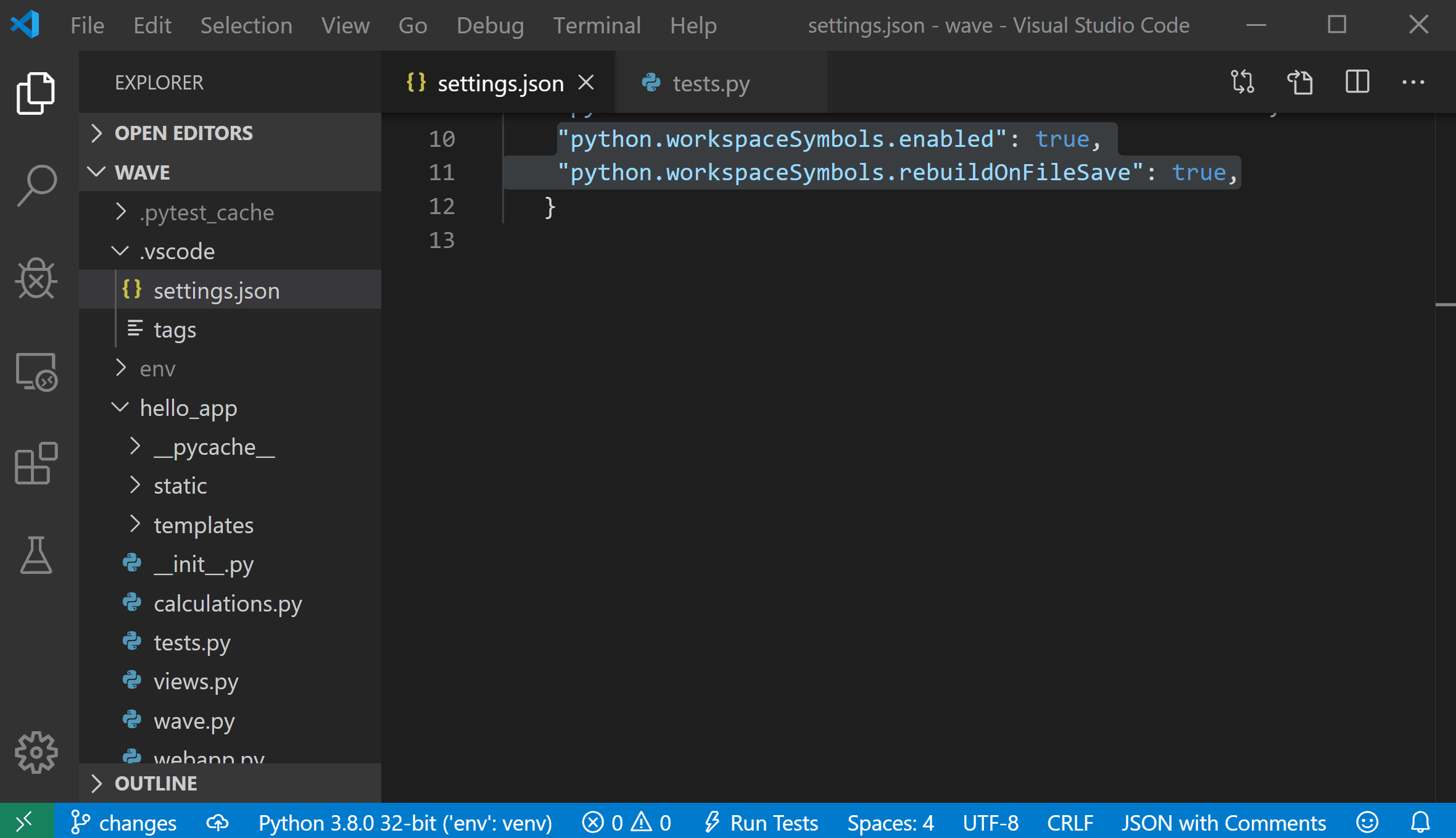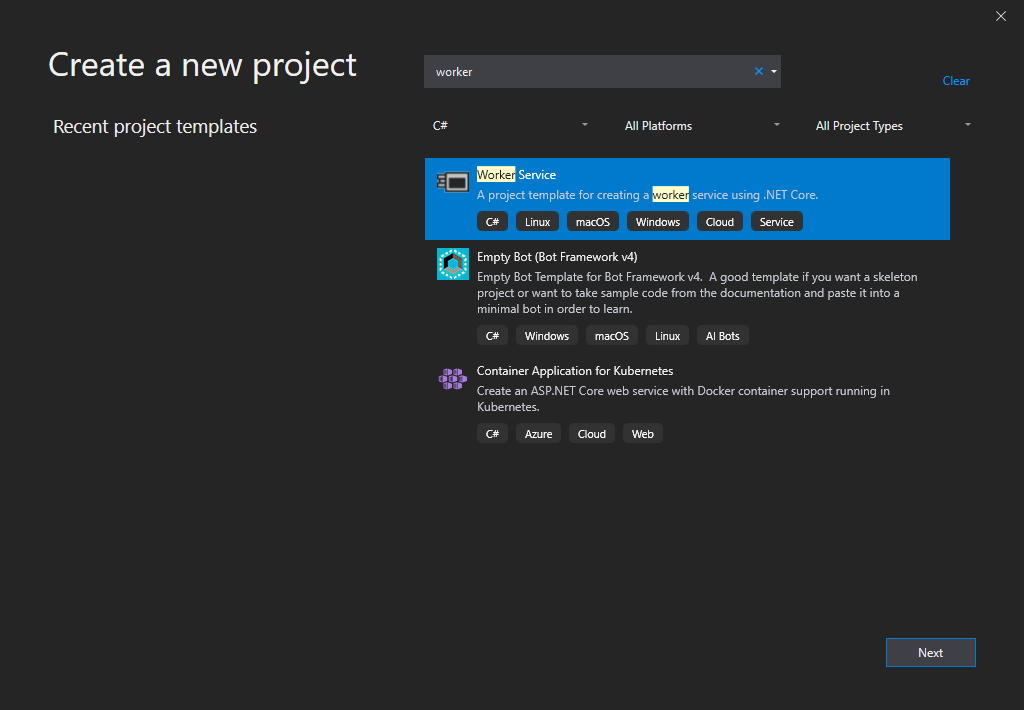Does gender segregation in the labor market still persist?

The biggest corporations and companies run special programs to shorten gender inequality on labor market. That seems like the evidence: smaller firms try to imitate the policy, and also values, of world famous companies in order to succeed and gain benefit like the second ones do (it is an economic-sociological proved behavior), so in nearest future, or perhaps in present, all players on labor market will popularize the idea of gender equality in all its senses. However, the state of affairs is far from desired. Even if organizations follow gender unbiased strategy, will it solve the global problem of gender inequality at work overall?
This is the guest article by Maria Antomony, HSE University graduate student, sociologist and code passionate.

